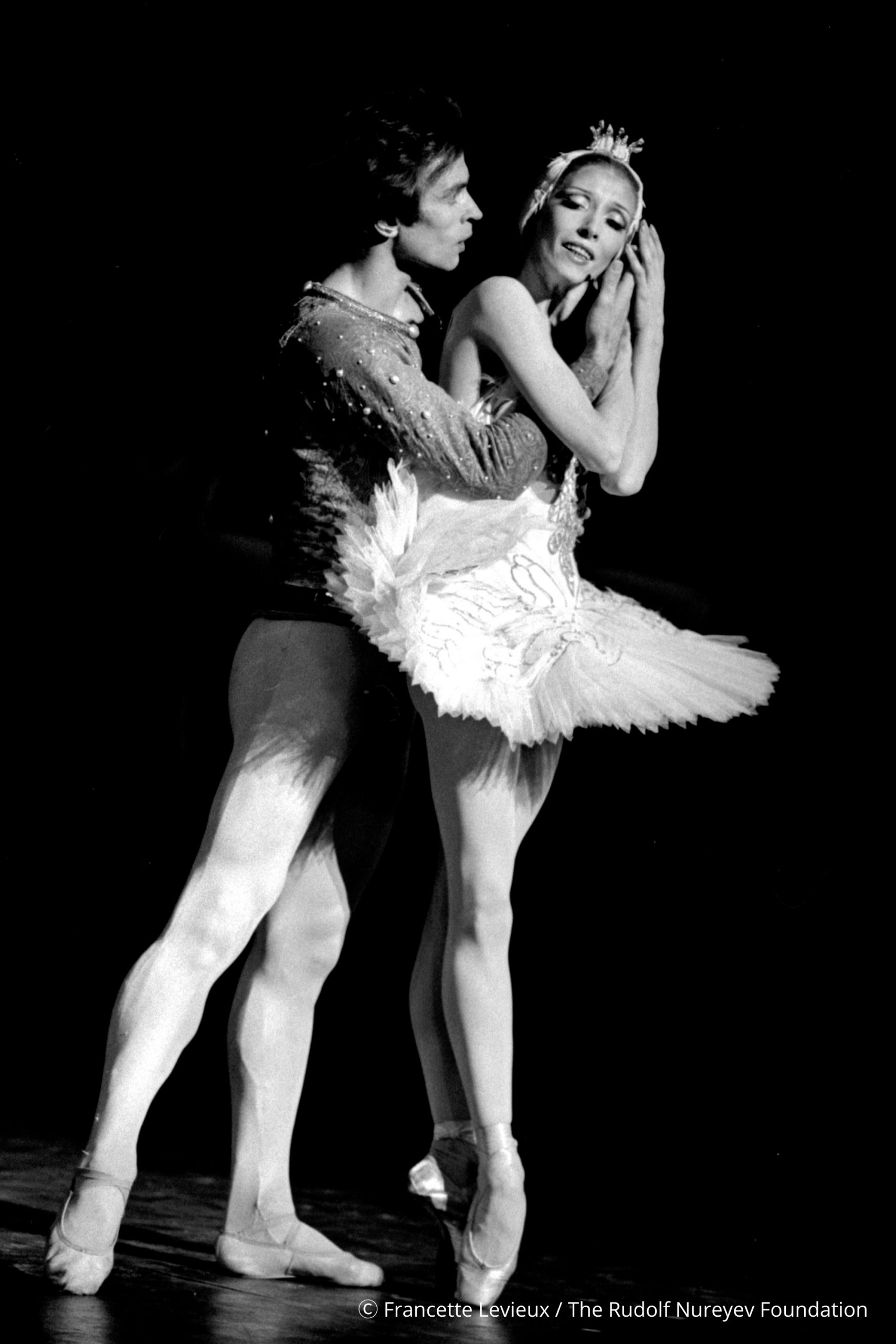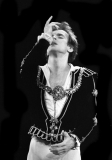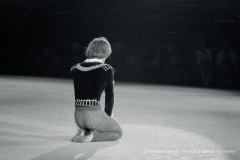
Piotr Ilytch Tchaïkovski – Rudolf Nureyev after Marius Petipa and Lev Ivanov
“Swan Lake” was a particularly important ballet in Rudolf Nureyev’s career.
Shortly after his triumph in “The Shades” with the Kirov Ballet in 1961 at the Palais Garnier, the Soviet company’s stay was extended by two weeks at the Palais des Sports and they opened on June 1st with “Swan Lake” danced by Alla Ossipenko and Rudolf Nureyev in Constantine Sergueyev’s choreographic version after Petipa and Ivanov. Nureyev was already idolised by the public and he had to appear as often as possible, either in “The Shades” or in “Swan Lake”. He had only just learned the part of Prince Siegfried and he had only danced it twice in Leningrad before leaving for Paris.
In 1963, Rudolf Nureyev danced “Swan Lake” with the Royal Ballet in Nicholas Sergueyev’s production (the former stage manager at the Maryinsky Theatre who fled from Russia with all Petipa’s notations), revised by Ninette de Valois, with the help of Frederick Ashton for the Neapolitan Dance. Nureyev didn’t hesitate to add a solo he had composed for the Prince in the 1st act, then another in Lev Ivanov’s sacrosanct act II. All of a sudden, he had given the male dancer a major role and had created a character with his own identity, rather than just a boring, colourless partner whose only function was to carry the principal dancer during the adagios. Thanks to Nureyev, the male dancer became the equal of the female in classical ballet. He danced this production with Margot Fonteyn in November 1963 at the Champs Elysées Theatre in Paris.
The following year at the Vienna Opera, the couple created the first original choreography of “Swan Lake” completely composed by Rudolf Nureyev, with décors and costumes by Nicholas Georgiadis (this version was magnificently filmed in colour by Unitel). Rudolf Nureyev also danced the legendary version by the Soviet choreographer Vladimir Bourmeister at the Palais Garnier, but this time it included the traditional “Black Swan” in the third act. He gave a memorable performance of this version in the “Cour Carrée” at the Louvre in July 1973 with Natalia Makarova, when the dancers had a stormy argument which led to a tumultuous quarrel between the two Kirov renegades. When Nureyev was appointed Director of the Paris Opera Ballet in 1984, he decided to introduce a new version of “Swan Lake” at the Palais Garnier. He was faced with the French dancers’ unanimous hostility since they were deeply attached to Bourmeister’s production (even though it was seriously despoiled after twenty-five years of service and ill-treatment) and for two weeks, they refused to rehearse a single step and only agreed to learn Nureyev’s choreography on condition they would resume Bourmeister’s version the following year.
Nureyev’s “Swan Lake” for the Paris Opera was completely different to his Viennese choreography; he enhanced the male role right from the spectacular “Polonaise” in the 1st act which was wholly new – no longer danced by twelve mixed couples but by sixteen men divided into four complex groups. The effect was magnificent. Finally, his Freudian concept made the ballet completely different since the main character was now the Prince and Odile / Odette were only figments of his imagination. In his dream, Wolfgang – the tutor whose authority he feared – became Rothbart, the evil phantom who thwarted his dream of romantic solitude and his ideal vision of love. As well as the two solos he had added in London, Nureyev made Siegfried even more present on the stage (still to Tchaikovsky’s music for “Swan Lake”) and changed the famous “Black Swan” pas de deux in act II into a pas de trois, giving Rothbart the opportunity to distinguish himself in an extremely difficult variation. Not only had Nureyev completely re-adjusted the forces within the ballet, but he had also added a depth and a psychological reality to the characters that was far better suited to the spirit of the new generation of dancers at the Opera.
It was created at the Palais Garnier on December 20th 1984 by Elisabeth Platel, Charles Jude and Patrice Bart and this version has remained in the repertoire in spite of one or two brief appearances of Bourmeister’s version – more despoiled than ever! Today, the Opera dancers prefer Nureyev’s version which enhances their role and makes the Prince more credible and closer to their feelings.
Throughout his career, Rudolf has imposed not only his noblesse, his brio and his charisma in innumerable versions of “Swan Lake”, but he also danced – with equal pleasure – the role of Rothbart in his own production, in particular at the Grand Palais during the Celebrations of the Bicentenary of the French Revolution in 1989.





